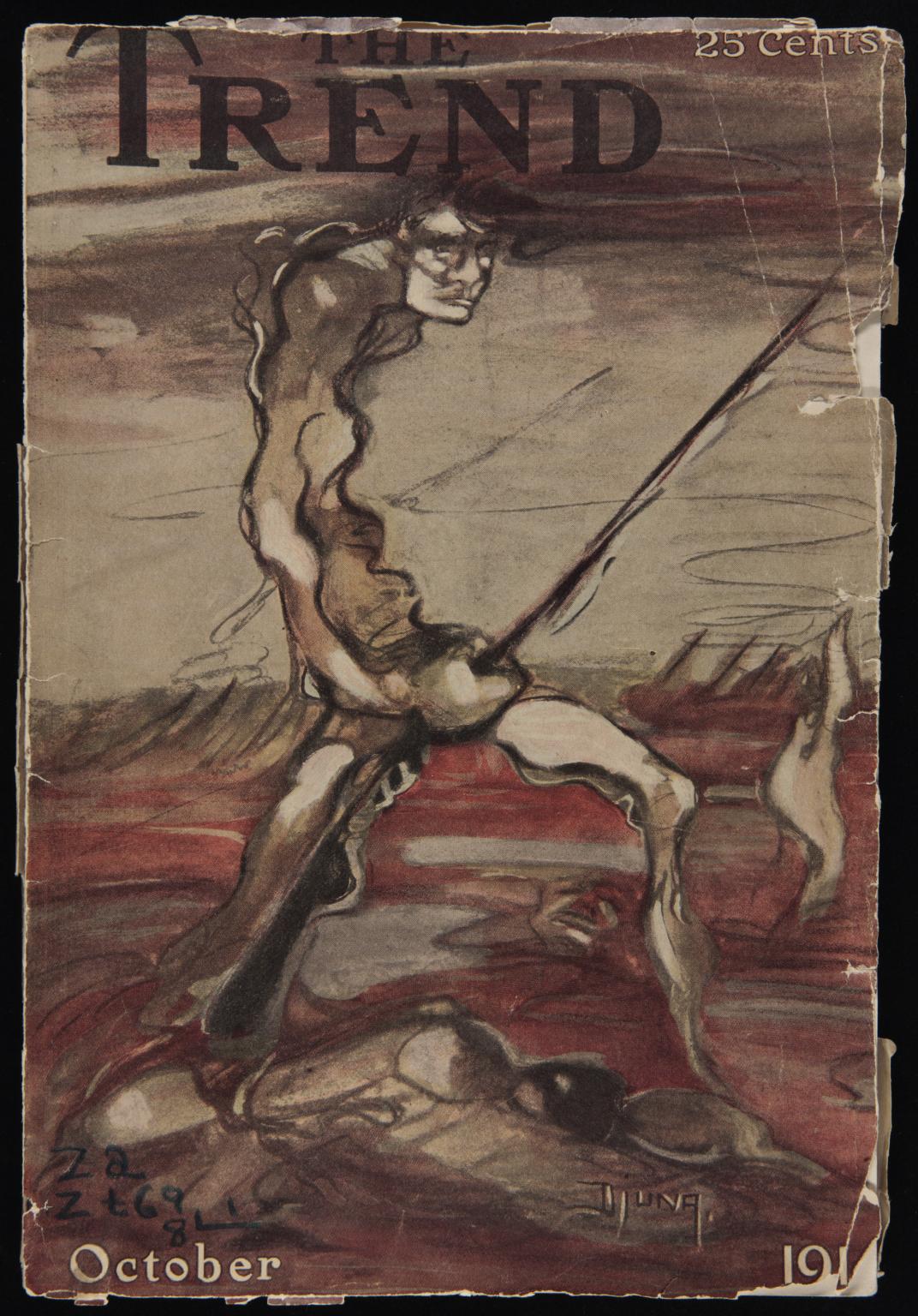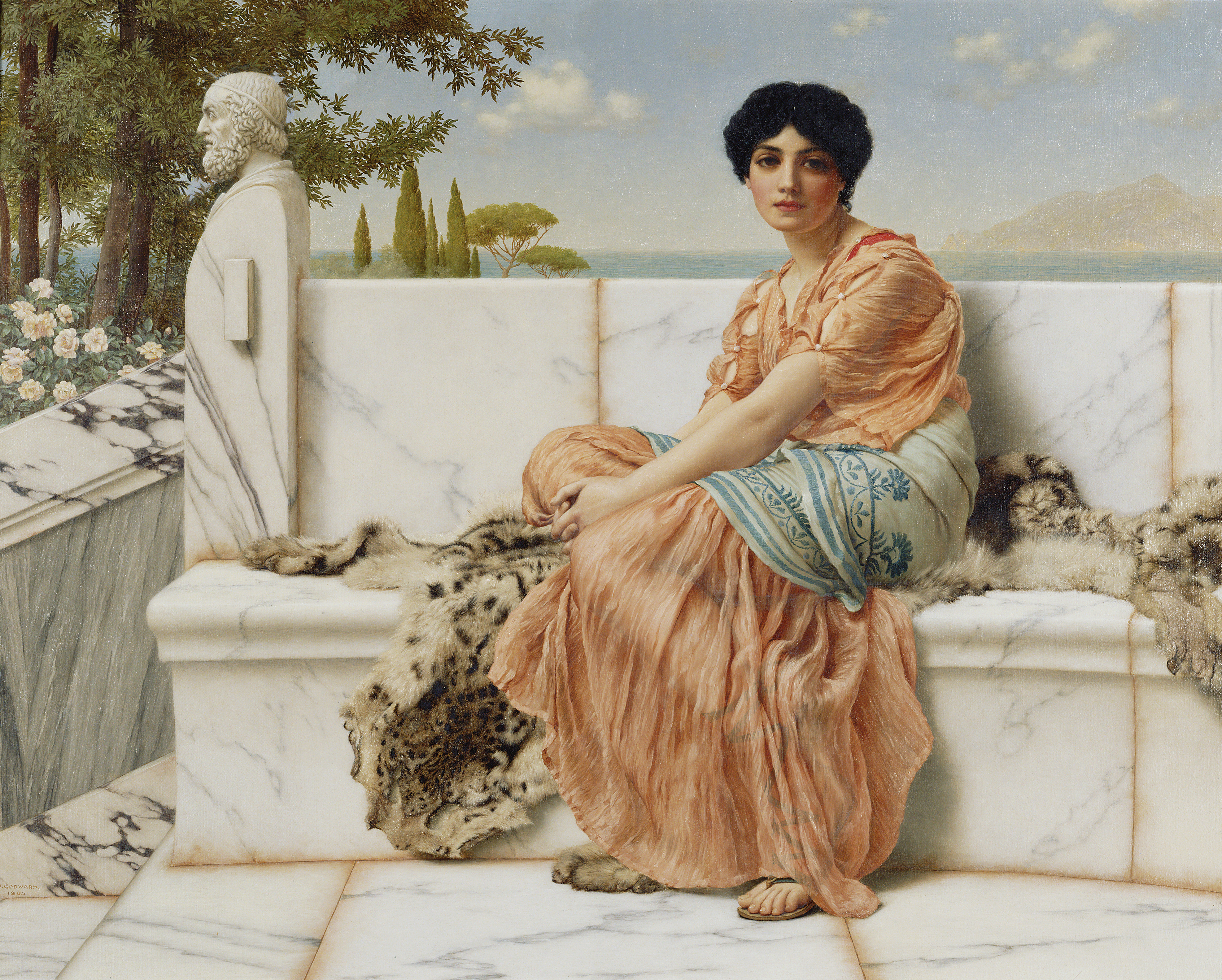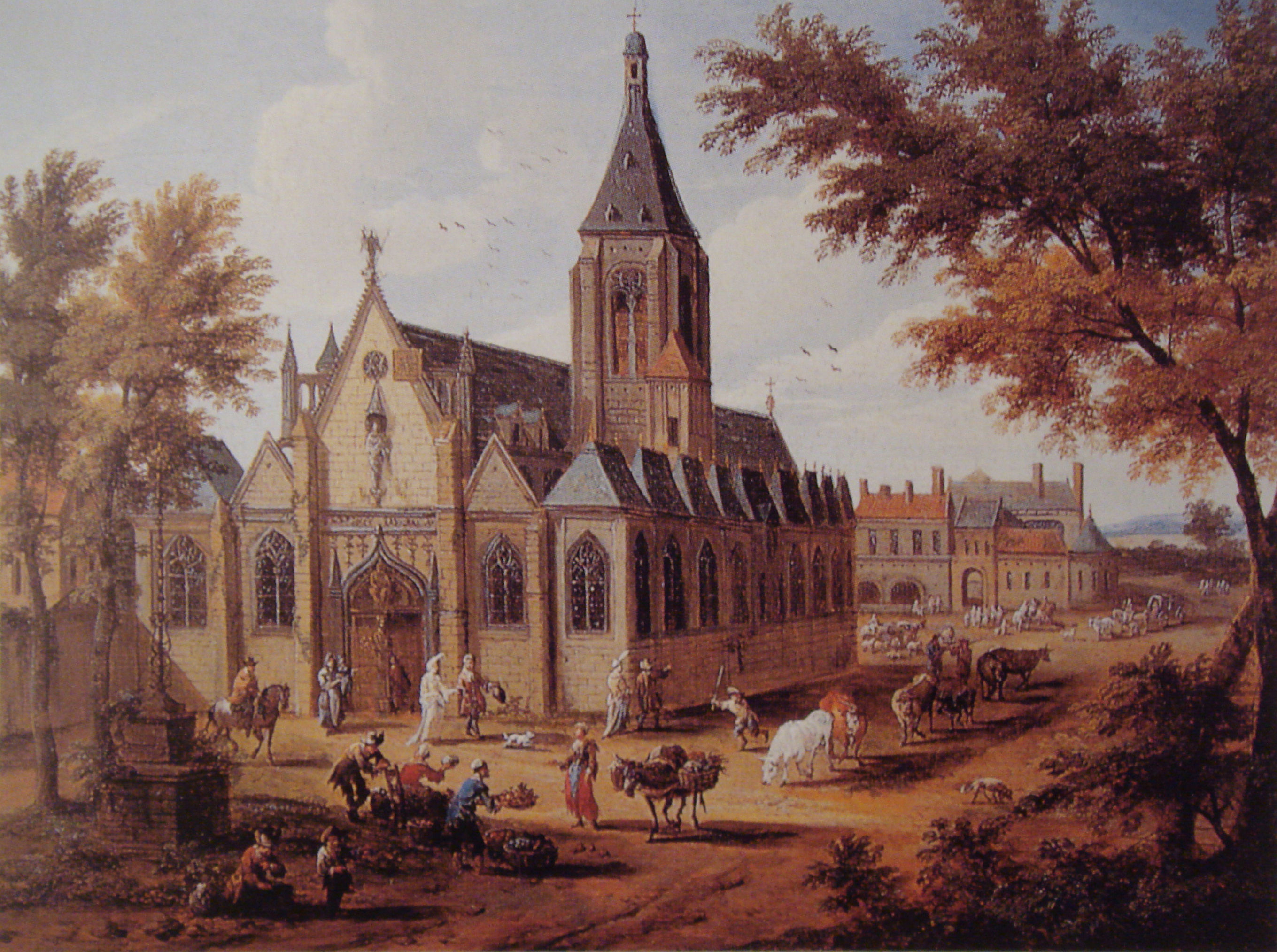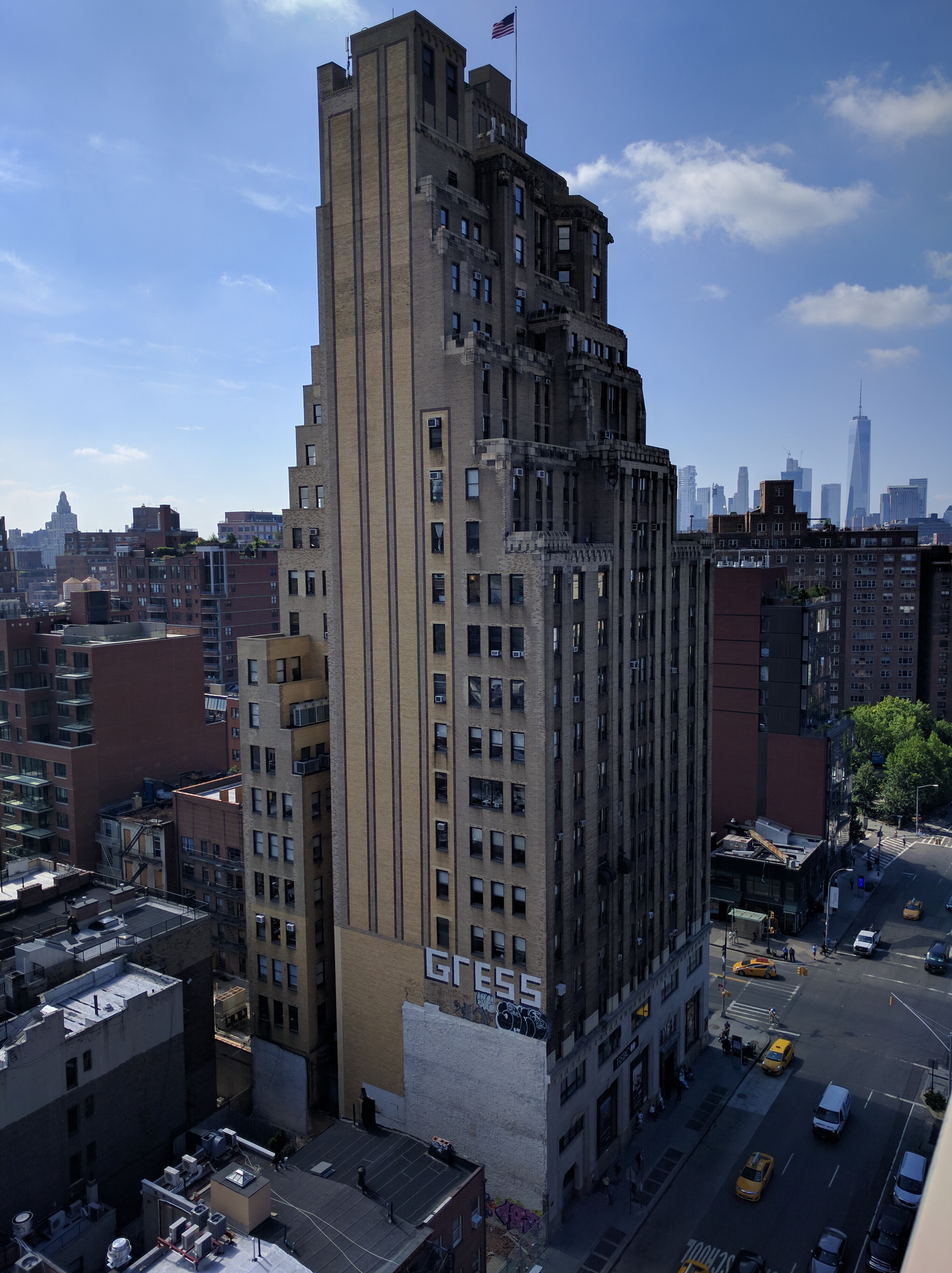|
Nightwood
''Nightwood'' is a 1936 novel by American author Djuna Barnes that was first published by publishing house Faber and Faber. It is one of the early prominent novels to portray explicit homosexuality between women, and as such can be considered lesbian literature.Austen, p. 82Young, p. 153. It is also notable for its intense, gothic prose style. The novel employs modernist techniques such as its unusual form or narrative and can be considered metafiction, and it was praised by other modernist authors including T. S. Eliot, who edited the novel, helped publish it, and wrote an introduction included in the 1937 edition published by Harcourt, Brace. As a ''roman à clef'', the novel features a thinly veiled portrait of Barnes in the character of Nora Flood, whereas Nora's lover Robin Vote is a composite of Thelma Wood and the Baroness Elsa von Freytag-Loringhoven, Jenny Petherbridge is Henriette Alice McCrea-Metcalf, and Felix Volkbein is derived from Frederick Philip Grove. ... [...More Info...] [...Related Items...] OR: [Wikipedia] [Google] [Baidu] |
Djuna Barnes
Djuna Barnes (, June 12, 1892 – June 18, 1982) was an American artist, illustrator, journalist, and writer who is perhaps best known for her novel ''Nightwood'' (1936), a cult classic of lesbian fiction and an important work of modernist literature.Parsons, 165-6. In 1913, Barnes began her career as a freelance journalist and illustrator for the ''Brooklyn Daily Eagle''. By early 1914, Barnes was a highly sought feature reporter, interviewer, and illustrator whose work appeared in the city's leading newspapers and periodicals.Parsons, 166. Later, Barnes's talent and connections with prominent Greenwich Village bohemians afforded her the opportunity to publish her prose, poems, illustrations, and one-act plays in both avant-garde literary journals and popular magazines, and publish an illustrated volume of poetry, ''The Book of Repulsive Women'' (1915). In 1921, a lucrative commission with ''McCall's'' took Barnes to Paris, where she lived for the next 10 years. In this period ... [...More Info...] [...Related Items...] OR: [Wikipedia] [Google] [Baidu] |
The Antiphon
''The Antiphon'' (1958) is a three-act verse tragedy by Djuna Barnes. Set in England in 1939 after the beginning of World War Two, the drama presents the Hobbs family reunion in the family's ancestral home, Burley Hall. The play features many of the themes or motifs that run through Barnes's work, including betrayal, familial relations, regression and transgression. The dialogue is highly stylized and poetic. The play premiered in 1961 in Stockholm in a Swedish translation by Karl Ragnar Gierow and U.N. Secretary-General Dag Hammarskjöld. Despite the fact that Barnes continued to write until her death in 1983, it was the last of her major works to be published. Although it was not as successful as ''Nightwood'', Barnes considered it her most important work. Synopsis The play tells the story of the reunion of Augusta Hobbs, her brother, Jonathan Burley, and her four estranged adult children: Dudley, Elisha, Miranda and Jeremy. The play begins with the arrival at Burley Hall of Mi ... [...More Info...] [...Related Items...] OR: [Wikipedia] [Google] [Baidu] |
Thelma Wood
Thelma Ellen Wood (July 3, 1901 – December 10, 1970) was an American artist, specialising in the traditional fine line drawing technique known as Silverpoint. She was noted for her hectic private life, and her lesbian relationship with Djuna Barnes was fictionalized in Barnes' novel ''Nightwood''. Early life Wood was born in Mankato, Kansas, the second of four children. Her father later moved the family to St. Louis, Missouri. In 1918 her mother and younger brother succumbed to the influenza epidemic of 1918. Two months prior to their deaths, Wood enrolled at the St. Louis School of Fine Arts at Washington University. It is likely there that she learned the technique of silverpoint drawing, for which she is best known. In 1920, Wood and a fellow art student, Myra Marglous, applied for passports and left for Paris to continue studying art. Relationships While in Paris, Wood frequented Berlin and was said to have enjoyed excessive alcohol consumption, and being involved in casua ... [...More Info...] [...Related Items...] OR: [Wikipedia] [Google] [Baidu] |
Henriette Alice McCrea-Metcalf
Henrietta (Henriette) Alice McCrea-Metcalf (August 4, 1888 – May 27, 1981) was an American born, French raised translator; she was one of the partners of Thelma Wood and was immortalized by Djuna Barnes in ''Nightwood''. Biography Henrietta Alice McCrea was born on August 4, 1888 into a wealthy Chicago family at 764 West Adams Street.Souhami, Diana. Wild Girls: Paris, Sappho, and Art: The Lives and Loves of Natalie Barney and Romaine Brooks. New York: St. Martin's Griffin, 2007, p. 167 Her father was Wylie (Willis) Solon McCrea, a public utilities executive and member of the Board of Trade. Her mother was Alice E. Snell, the daughter of A.J. Snell. She had one brother, Snell McCrea. When she was few months old, her mother filed for divorce, accusing her husband of cruelty, and moved with her daughter to Paris. McCrea was at first attended a Catholic convent in Paris, and then, when she was 10 years old, at her mother's death, her father took her back to Chicago where she atten ... [...More Info...] [...Related Items...] OR: [Wikipedia] [Google] [Baidu] |
Lesbian Literature
Lesbian literature is a subgenre of literature addressing lesbian themes. It includes poetry, plays, fiction addressing lesbian characters, and non-fiction about lesbian-interest topics. Fiction that falls into this category may be of any genre, such as historical fiction, science fiction, fantasy, horror, and romance. Overview Lesbian literature includes works by lesbian authors, as well as lesbian-themed works by heterosexual authors. Even works by lesbian writers that do not deal with lesbian themes are still often considered lesbian literature. Works by heterosexual writers which treat lesbian themes only in passing, on the other hand, are not often regarded as lesbian literature. The fundamental work of lesbian literature is the poetry of Sappho of Lesbos. From various ancient writings, historians have gathered that a group of young women were left in Sappho's charge for their instruction or cultural edification. Not much of Sappho's poetry remains, but that which d ... [...More Info...] [...Related Items...] OR: [Wikipedia] [Google] [Baidu] |
Lesbian Literature
Lesbian literature is a subgenre of literature addressing lesbian themes. It includes poetry, plays, fiction addressing lesbian characters, and non-fiction about lesbian-interest topics. Fiction that falls into this category may be of any genre, such as historical fiction, science fiction, fantasy, horror, and romance. Overview Lesbian literature includes works by lesbian authors, as well as lesbian-themed works by heterosexual authors. Even works by lesbian writers that do not deal with lesbian themes are still often considered lesbian literature. Works by heterosexual writers which treat lesbian themes only in passing, on the other hand, are not often regarded as lesbian literature. The fundamental work of lesbian literature is the poetry of Sappho of Lesbos. From various ancient writings, historians have gathered that a group of young women were left in Sappho's charge for their instruction or cultural edification. Not much of Sappho's poetry remains, but that which d ... [...More Info...] [...Related Items...] OR: [Wikipedia] [Google] [Baidu] |
Church Of Saint-Sulpice, Paris
, image = Paris Saint-Sulpice Fassade 4-5 A.jpg , image_size = , pushpin map = Paris , pushpin label position = , coordinates = , location = Place Saint-Sulpice 6th arrondissement, Paris , country = France , denomination = Roman Catholic , religious institute = Society of the Priests of Saint Sulpice , website = , bull date = , founded date = , founder = , dedication = Sulpitius the Pious , dedicated date = , consecrated date = , relics = , status = Parish church , functional status = Active , heritage designation = , architect = , style = Baroque , years built = , groundbreaking = 1646 , completed date = 1870 , capacity = , length = , width ... [...More Info...] [...Related Items...] OR: [Wikipedia] [Google] [Baidu] |
Literary Modernism
Literary modernism, or modernist literature, originated in the late 19th and early 20th centuries, and is characterized by a self-conscious break with traditional ways of writing, in both poetry and prose fiction writing. Modernism experimented with literary form and expression, as exemplified by Ezra Pound's maxim to "Make it new." This literary movement was driven by a conscious desire to overturn traditional modes of representation and express the new sensibilities of their time. The horrors of the First World War saw the prevailing assumptions about society reassessed, and much modernist writing engages with the technological advances and societal changes of modernity moving into the 20th century. Origins and precursors In the 1880s, increased attention was given to the idea that it was necessary to push aside previous norms entirely, instead of merely revising past knowledge in light of contemporary techniques. The theories of Sigmund Freud (1856–1939), and Ernst Mach (1 ... [...More Info...] [...Related Items...] OR: [Wikipedia] [Google] [Baidu] |
New Directions Publishing
New Directions Publishing Corp. is an independent book publishing company that was founded in 1936 by James Laughlin and incorporated in 1964. Its offices are located at 80 Eighth Avenue in New York City. History New Directions was born in 1936 of Ezra Pound's advice to the young James Laughlin, then a Harvard University sophomore, to "do something useful" after finishing his studies at Harvard. The first projects to come out of New Directions were anthologies of new writing, each titled ''New Directions in Poetry and Prose'' (until 1966's ''NDPP 19''). Early writers incorporated in these anthologies include Dylan Thomas, Marianne Moore, Wallace Stevens, Thomas Merton, Denise Levertov, James Agee, and Lawrence Ferlinghetti. New Directions later broadened their focus to include writing of all genres, representing not only American writing, but also a considerable amount of literature in translation from modernist authors around the world. New Directions also published the ear ... [...More Info...] [...Related Items...] OR: [Wikipedia] [Google] [Baidu] |
Coat Of Arms
A coat of arms is a heraldic visual design on an escutcheon (i.e., shield), surcoat, or tabard (the latter two being outer garments). The coat of arms on an escutcheon forms the central element of the full heraldic achievement, which in its whole consists of a shield, supporters, a crest, and a motto. A coat of arms is traditionally unique to an individual person, family, state, organization, school or corporation. The term itself of 'coat of arms' describing in modern times just the heraldic design, originates from the description of the entire medieval chainmail 'surcoat' garment used in combat or preparation for the latter. Rolls of arms are collections of many coats of arms, and since the early Modern Age centuries, they have been a source of information for public showing and tracing the membership of a noble family, and therefore its genealogy across time. History Heraldic designs came into general use among European nobility in the 12th century. System ... [...More Info...] [...Related Items...] OR: [Wikipedia] [Google] [Baidu] |
Neurasthenic
Neurasthenia (from the Ancient Greek νεῦρον ''neuron'' "nerve" and ἀσθενής ''asthenés'' "weak") is a term that was first used at least as early as 1829 for a mechanical weakness of the nerves and became a major diagnosis in North America during the late nineteenth and early twentieth centuries after neurologist George Miller Beard reintroduced the concept in 1869. As a psychopathological term, the first to publish on neurasthenia was Michigan alienist E. H. Van Deusen of the Kalamazoo asylum in 1869, followed a few months later by New York neurologist George Beard, also in 1869, to denote a condition with symptoms of fatigue, anxiety, headache, heart palpitations, high blood pressure, neuralgia, and depressed mood. Van Deusen associated the condition with farm wives made sick by isolation and a lack of engaging activity, while Beard connected the condition to busy society women and overworked businessmen. Neurasthenia was a diagnosis in the World Health Organizati ... [...More Info...] [...Related Items...] OR: [Wikipedia] [Google] [Baidu] |






